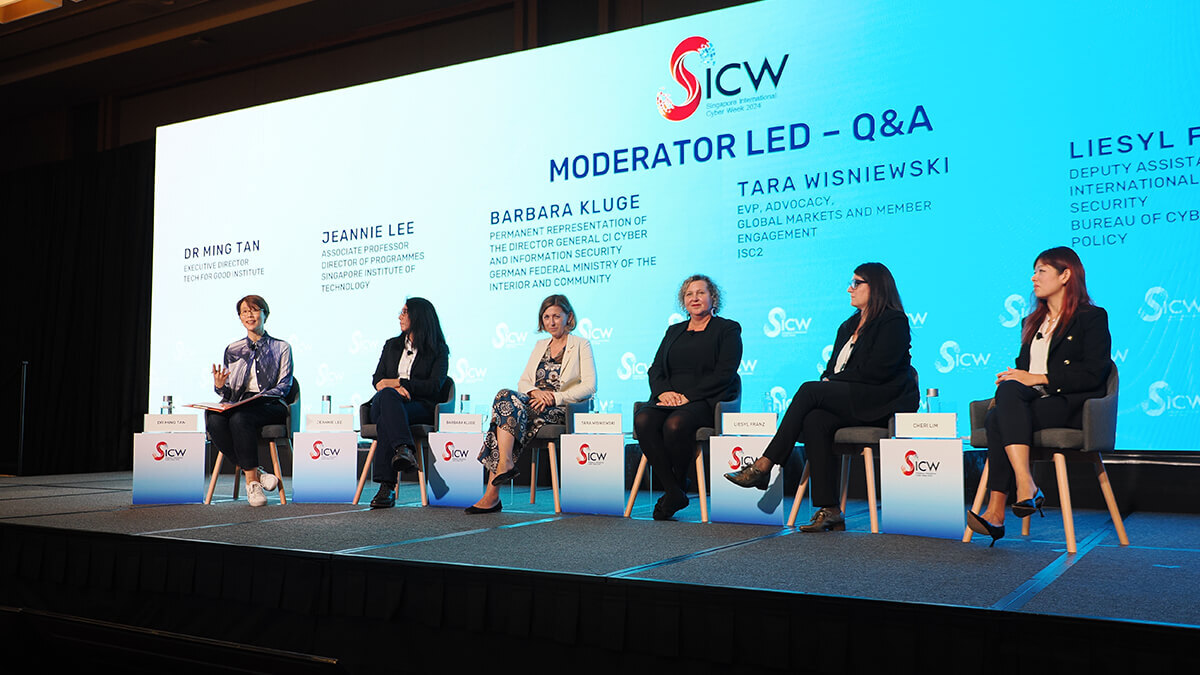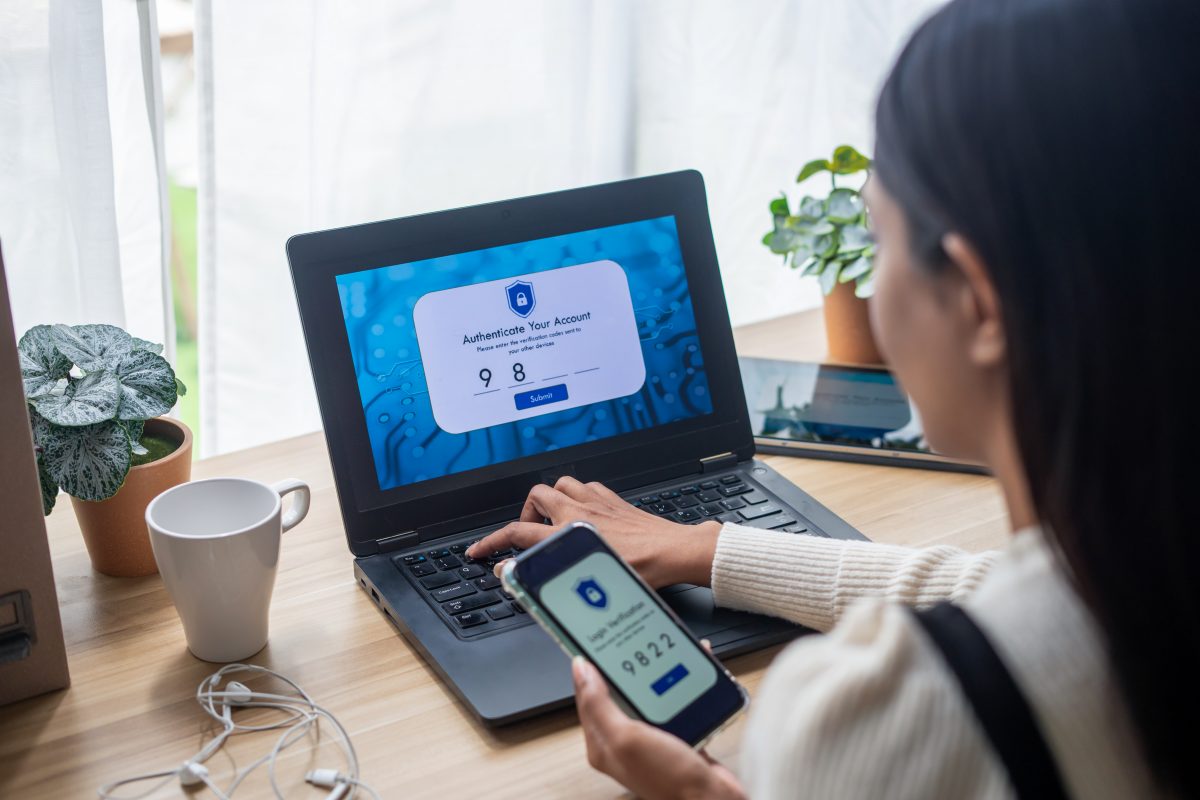
Women represent a critical gap in diversity within cybersecurity. Their inclusion is not merely about creating opportunities or breaking barriers—women are essential to actively building digital trust across multiple levels: technological, enterprise, community, policy, and international. Yet despite this clear imperative, the numbers reveal there is still much work to be done within the sector.
A recent report from the Infocomm Media Development Authority (IMDA) and the Boston Consulting Group (BCG) on the gender gap in Southeast Asia’s tech sector highlights these disparities: women comprise only 34-40% of the tech workforce, with their representation dropping to 20% in technical roles and falling further to just 8% in senior leadership positions.
This is especially crucial to address given that traditional approaches which focused narrowly on technology and technical security systems are no longer sufficient. Today’s digital challenges demand a more comprehensive solution—one that encompasses all disciplines and acknowledges the critical human element. Moving from security to safety, and ultimately to trust, requires more than just securing networks but demands an inclusive and collaborative effort to create a safer digital environment.
To promote a truly inclusive and secure digital ecosystem and address the need for broader participation across the sector, leading cybersecurity experts shared their experiences on overcoming challenges in the digital security space.
Moderator and Panellists
- Ming Tan, Founding Executive Director, Tech For Good Institute
- Liesyl Franz, Deputy Assistant Secretary for International Cyberspace Security, Bureau of Cyberspace and Digital Policy
- Barbara Kluge, Permanent Representation of the Director General CI -Cyber-and Information security,German Federal Ministry of the Interior and Community
- Tara Wisniewski, EVP, Advocacy, Global Markets and Member Engagement, The International Information System Security Certification Consortium (ISC2)
- Cheri Lim, Chief Information Security Officer, Temasek International
- Dr Jeannie Lee, Associate Professor, Director of Programmes, Singapore Institute of Technology
Key Takeaways:
1. Breaking barriers may be hard, but it is vital for a safer digital ecosystem.
Diversity in cybersecurity is not just desirable but essential to maintaining a safe, secure, and trusted digital ecosystem. This diversity can be categorised into two forms: inherent diversity (race, gender, age) and acquired diversity (experiences, expertise, network). Both are crucial in building effective teams capable of tackling today’s complex cyber challenges. Possessing diverse backgrounds, skills and viewpoints will allow the field to think differently, which is invaluable to cybersecurity. For instance, diversity allows us to mitigate cognitive biases such as the ‘mirror bias’, where individuals assume others would act as they would. Such assumptions can be dangerous in cybersecurity, leading teams to overlook potential threats from bad actors who think and operate differently. Perceiving cyber risks from a single issue or staying purely focused on technical aspects can limit innovative, out-of-the-box thinking, which is precisely what this sector needs to stay ahead of emerging threats. Ensuring inclusivity in cybersecurity builds a stronger and more resilient digital defence system that benefits from the full spectrum of human talent and perspective.
2. Breaking new ground fosters safety and inclusion in an industry that thrives on diversity.
In industries like cybersecurity, where rapid innovation and constant evolution are the norms, pushing beyond the status quo and challenging existing norms becomes essential for creating space where everyone feels included and empowered. This can be achieved by building a professional identity around diversity. When professionals embrace both their inherent and acquired diversity, they not only strengthen their individual contributions but also enhance the industry’s collective potential. This authenticity becomes even more critical as professionals advance into leadership positions, where their unique perspectives can shape organisational strategies and approaches. Furthermore, initiatives that support underrepresented sectors in the field—such as ‘Women for Cyber’, which fosters networks, provides access to job and upskilling opportunities, offers role models, and promotes visibility—are crucial. These efforts serve a dual purpose: they empower individuals to contribute their unique perspectives while simultaneously strengthening the entire cybersecurity framework. By breaking new ground and creating inclusive spaces, these initiatives pave the way for future generations to enter and thrive in an industry that fundamentally requires diverse thinking for innovation and effectiveness.
3. Thriving in a fast-evolving industry requires purpose, curiosity, and persistence.
Thriving in today’s fast-paced digital security space requires more than just technical skills—it demands the ability to catch and ride waves of opportunity with purpose and persistence. While technical expertise opens doors, it’s the combination of multidisciplinary thinking and curiosity that enables professionals to make lasting impacts. This is particularly evident in international contexts, where success comes from understanding and bridging diverse perspectives across regions and cultures. The most rewarding careers in this evolving landscape often belong to those who remain curious about different approaches, persistent in building connections, and purposeful in their pursuit of solutions. By engaging with varied viewpoints and experiences—whether from different regions, disciplines, or cultural backgrounds—professionals can better navigate the industry’s rapid changes. This adaptability, coupled with a clear sense of purpose, transforms challenging career waves into opportunities for growth and innovation, leading to richer, more fulfilling professional journeys.



